

The Lilo and Stitch 2025 live-action remake deviates from colonial critiques and opts for luxurious aesthetics.
Photo/Disney
Review: Lilo & Stitch 2025, underwhelming, bland, and sterile
The live-action version guts the critical tensions and erases cultural nuances of the original.


Mental health targets risk hiding Pacific people in crisis, expert
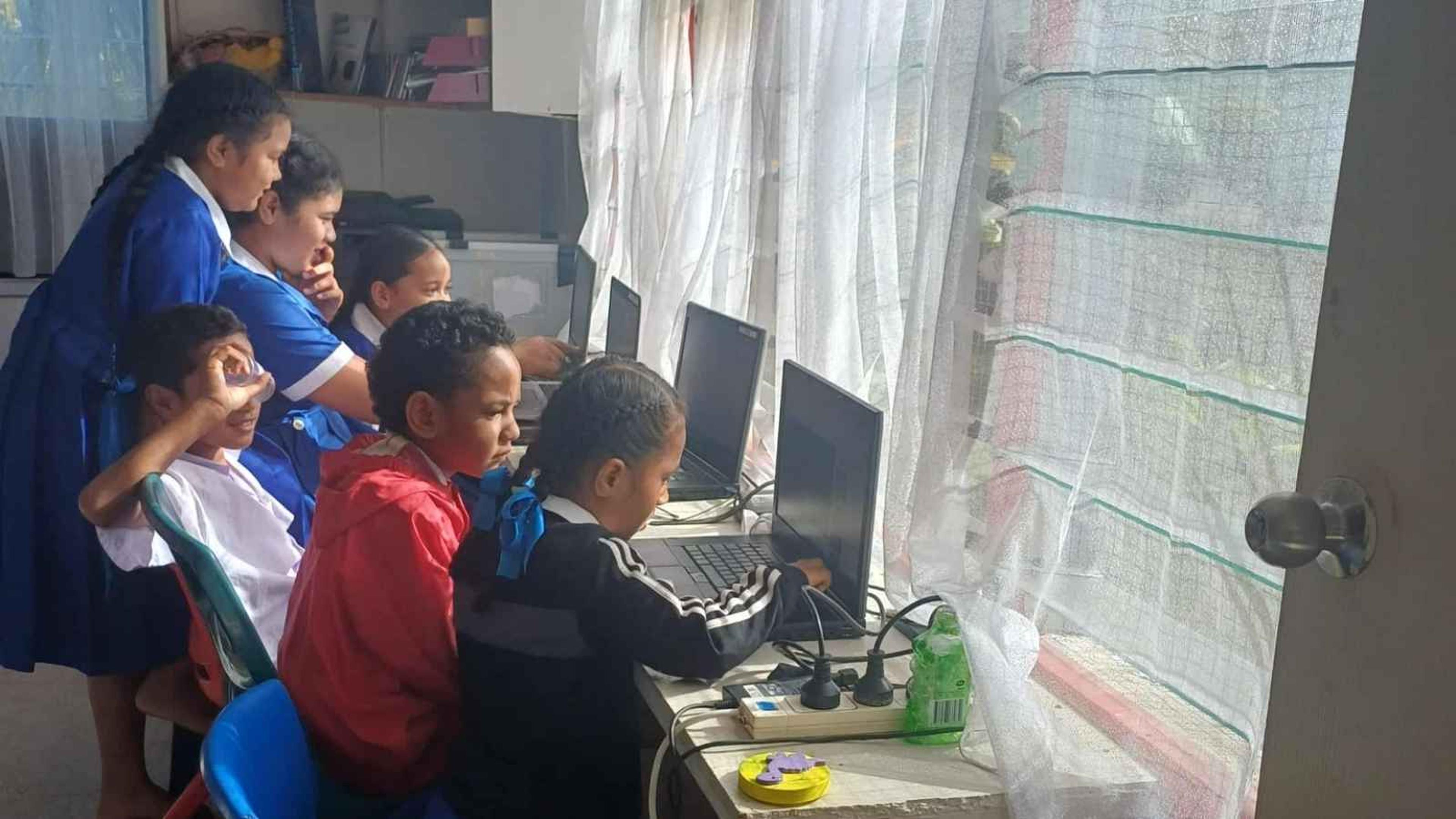
‘A Library for the Heart of Tonga’: Building a hub for Nuku’alofa

The phone call that changed everything: Social worker’s new life after kidney transplant

Tonga makes historic breakthrough at Oceania Youth Chess Championship

Mental health targets risk hiding Pacific people in crisis, expert

‘A Library for the Heart of Tonga’: Building a hub for Nuku’alofa

The phone call that changed everything: Social worker’s new life after kidney transplant
Someone has to say it, Disney needs to stop with the live action remakes.
Especially after their latest and poorest attempt at perhaps their greatest animated film, the original Lilo & Stitch (2002).
It was a film that marked a monumental shift for the studio because it sidestepped the usual lilted, dainty, “damsel in distress” archetypes Disney was known for producing.
Rounder, browner, and bigger bodies filled the screen and took sci-fi aliens and landed them right in the middle of a tourist-populated holiday spot, while also exploring the commercialisation of Kanaka culture, and effectively the everyday struggles of Hawaiian people.
It was one of the few mainstream films at the time to platform Hawaiian culture with indigenous people at the centre, not as a dress-up party theme or over-saturated cheap backdrop.
From code-switching to the local ethnolect, the film showed the linguistic gymnastics Pacific people are all too familiar with, it was not cheesy or forced.
Lilo & Stitch peeled back the raw reality of love, loss, perseverance, and trust, as two orphaned sisters did their best to maintain the importance of ‘ohana - family
Speaking of the Hawaiian sisters, producers totally pivoted from the Disney princess’ gossamer tone and saccharine cadence.
The vernacular of the animated film gave us Lilo’s deadpan charm, Nani’s no-nonsense realism and emotional undercurrent, and a hybrid-toddler of mischief and vulnerability through Stitch.
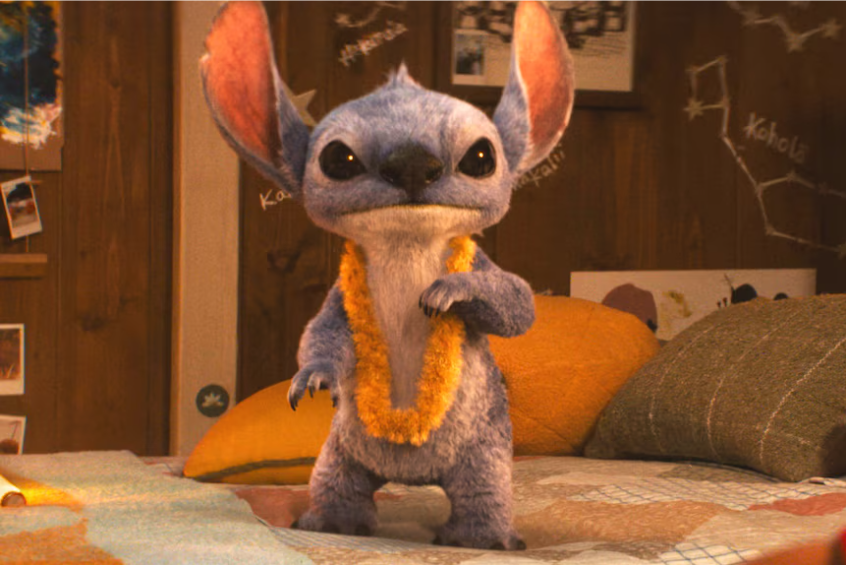
Stitch, the lovable dog-like creature and Lilo's "angel". Photo/Disney
Essentially it followed the transient journey of multiple people - and yes aliens, trying to find a place to call home.
Say what you will about animated films, one thing was for certain - Lilo & Stitch was original.
What’s the issue?
This year’s live-action remake should have been the moment where Disney stepped up to the plate of modern times and delved deeper into the cultural nuances the original film gave us.
Instead, we have been served a bland imitation that dilutes cultural critiques of Western overreach and glorifies polished aesthetics both linguistically and visually.
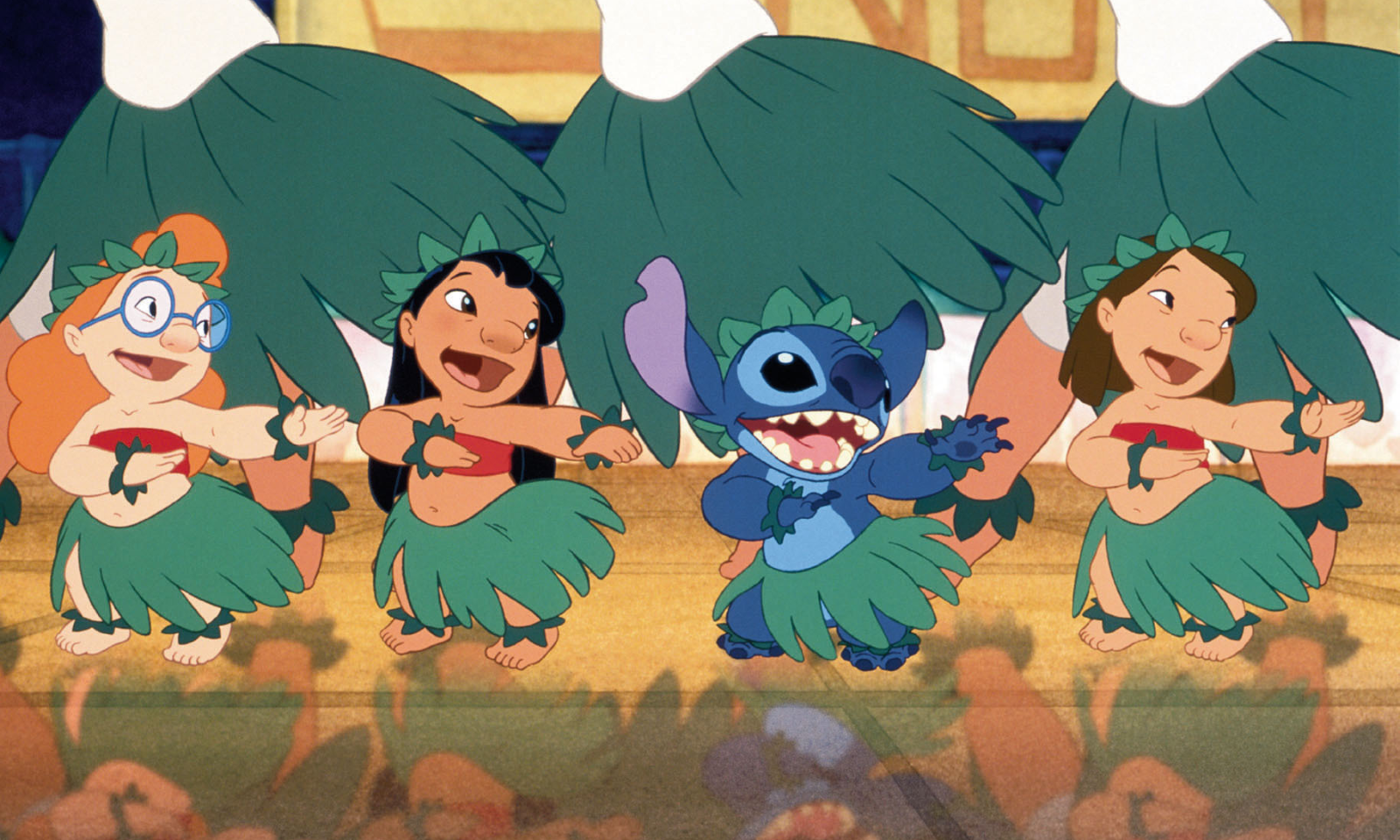
Animators of the original 'Lilo & Stitch' took care in incorporating authentic hula moves, hand-drawing movements frame by frame. Photo/IMDb
Perhaps one of the most central misfires of the live-action remake is the sanitised approach to Hawaii’s colonial history and tourism dynamics.
There is a lack of visual identity with an obscured island authenticity as it is now set on the bustling Oahu rather than Kaua’i, the remake overlooks smaller-scale, local industrial tensions that gave the original the emotional resonance.
Bubble baths, seaside hot tubs, and opulent surroundings glamorise resort life, totally erasing the original's earnest portrayal of hardship under the economic strain of tourism.
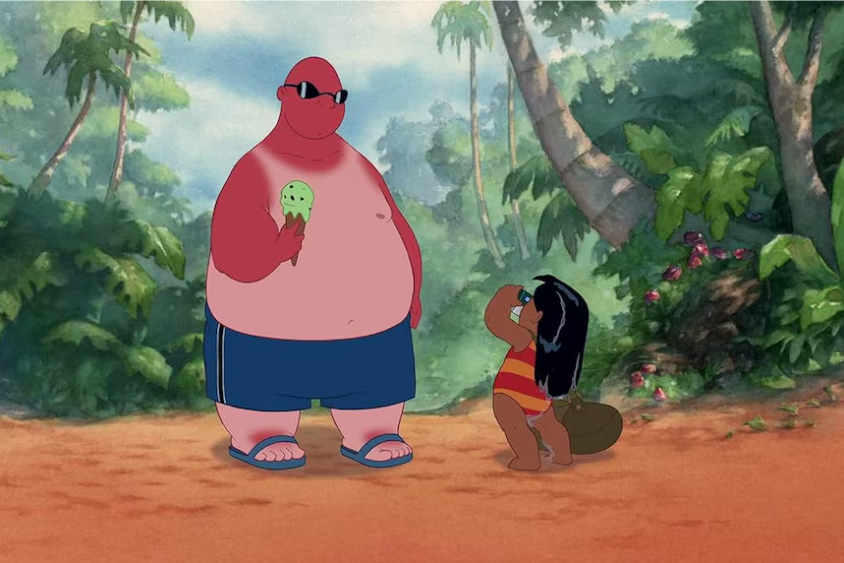
Lilo turns the lens towards the sunburnt foreigners in her homeland. Photo/Disney
With scenes of tourist-infested sites such as Waikiki Beach and Honolulu, this totally glosses over Stitch’s design to cause chaos and destruction.
It also undercuts Lilo’s photographic retribution of tourists by recasting them as locals in scenes that are meant to critique commodification.
Lilo’s obsession with photographing sunburnt, gawking, white tourists flips the tourist gaze in a subtle act of resistance and reclamation, but the live-action removes this narrative entirely.
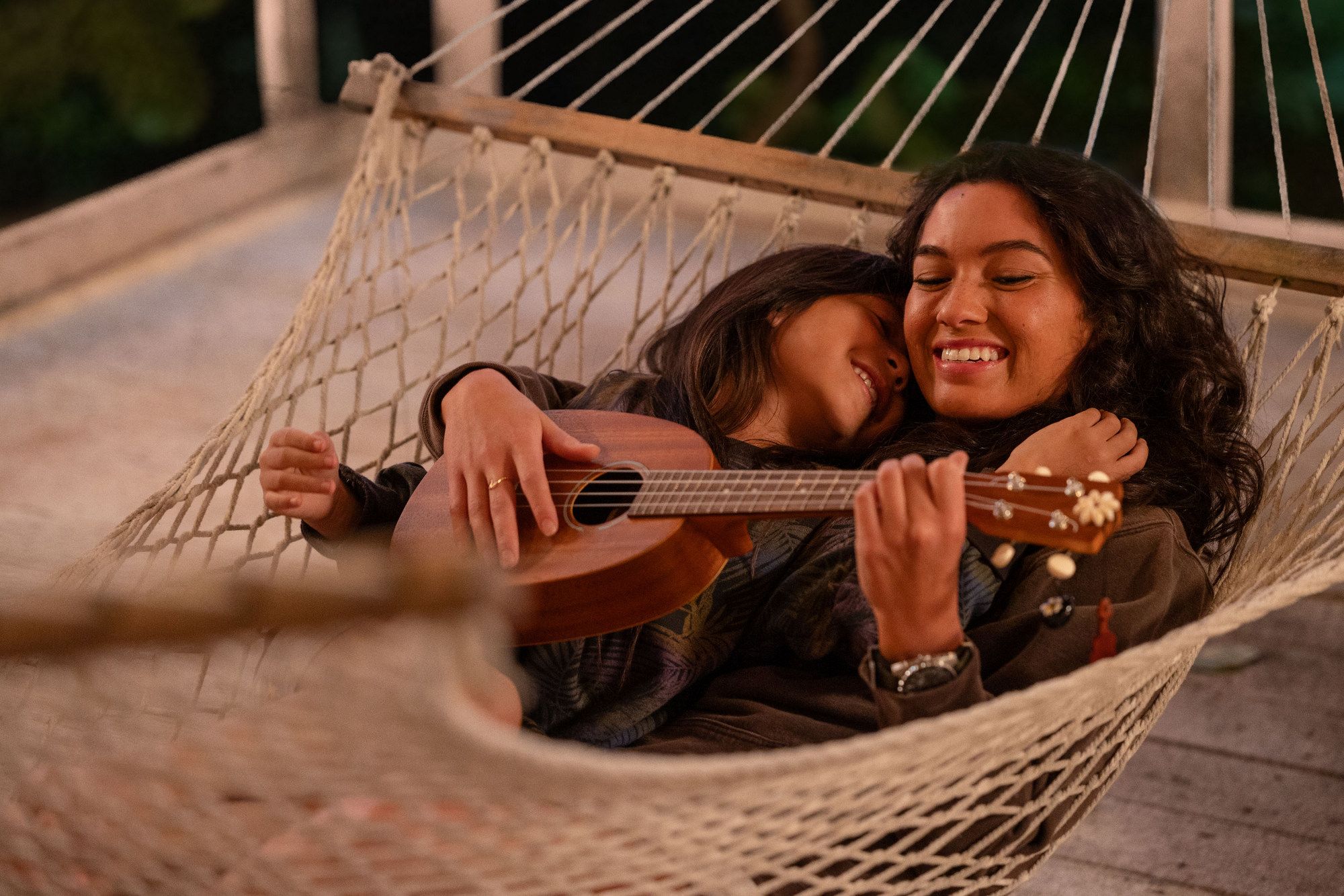
Musician and actor Sydney Agudong, as Nani Pelekai, does a beautiful heartfelt rendition of Queen Liliʻuokalani's legendary song, 'Aloha 'Oe'. Photo/Disney
Sydney Agudong delivers a compassionate and contextualised Nani, giving a more explicit backstory and mature character arc.
However, there is a lack of emotional pressure and we miss the simmering tension Nani holds.
It is worth acknowledging animated Nani stood as a rare, full-figured, dark-skinned icon - a powerful image of Pacific womanhood that has helped many young wāhine feel seen, celebrated, and proud of their natural features.
We did not get that here - and Disney missed a critical opportunity to honour a legacy of meaningful representation.
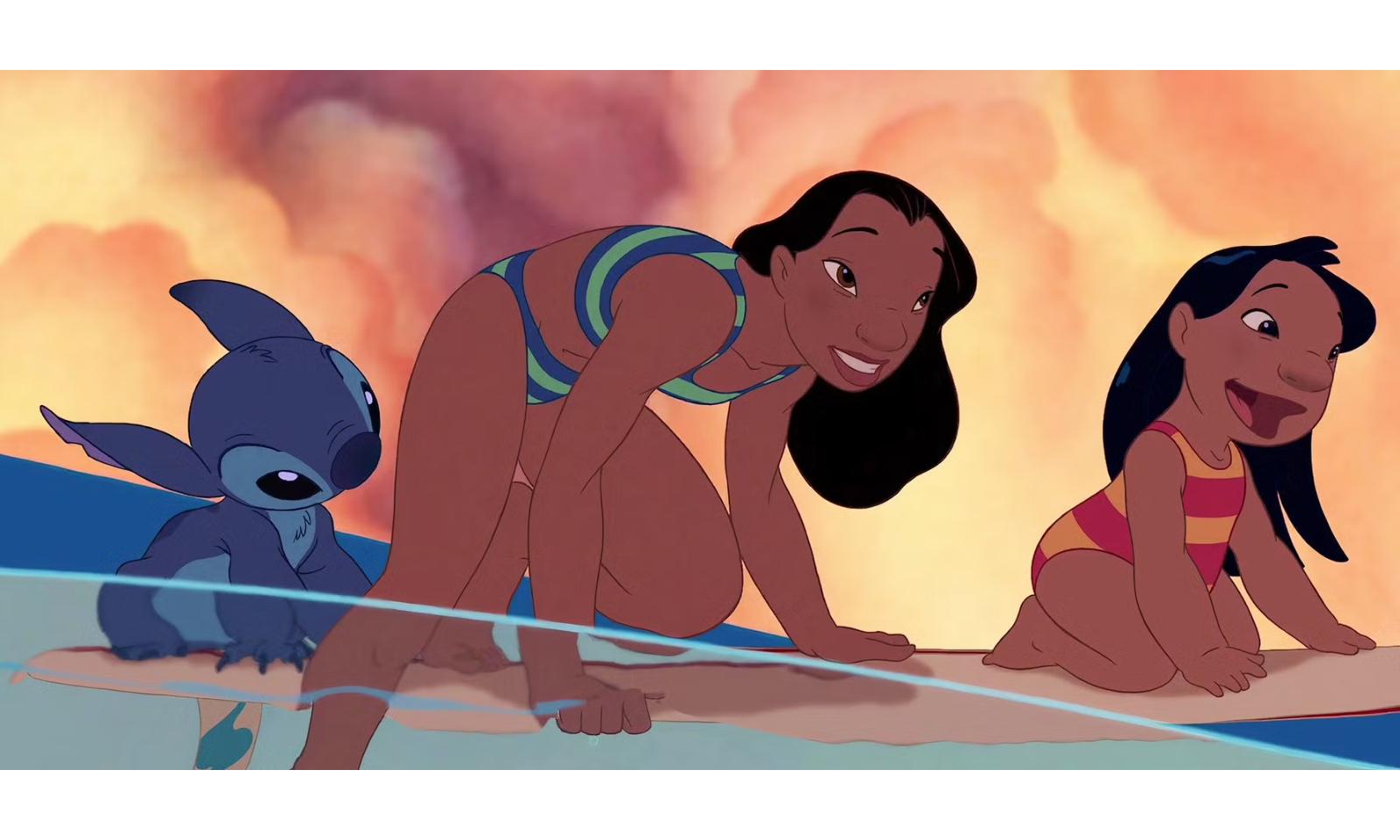
Nani the OG Pacific rebel. Photo/Disney
This could be a bit of a stretch, but gutting the character of Cobra Bubbles softens the critique of systemic authority.
Animated Bubbles is a former CIA agent turned social worker, symbolic of US governmental surveillance and cultural intervention in native Hawaiian lives.
In the remake the social worker aspect of his character is replaced by Mrs Kekoa - an indigenous woman - where Bubbles the federal agent specialises in alien hunting and is sent to reprimand experiment 626, aka Stitch.
The hysterical cross-dressing Pleakly, who is fascinated by women’s clothing, wigs, and make-up, has the gender-fluidity totally erased from his storyline while Jumba, the mad-scientist responsible for creating Stitch, is reduced to an evil villain.
There is no development, no curiosity, and no point really.
The new ending introduces the concept of hānai - an informal tradition of community adoption - as justification for Nani sending Lilo to a neighbour’s foster care so she can go study in the mainland and pursue marine biology.
While culturally meaningful, it is delivered without sufficient context and disrupts the main message of the film: ‘Ohana means family and family means no one gets left behind, or forgotten.
Making Nani’s ambitious relocation feel abandonment-driven and individualistic, and in the grand scheme of things - it just wouldn’t happen.
Ending on a good note
Minus the existential critiques, it is a great family watch.
While it’s hard to top the legendary original soundtrack by Mark Kealiʻi Hoʻomalu and the Kamehameha Schools Children’s Chorus, the remake deserves credit for honouring ‘Ōlelo Hawai‘i and incorporating elements of traditional Hawaiian music.
The production team took care to reflect cultural attire particularly with showcasing hula and bringing back the voices and faces of the school choir.
By contrast, the live-action remake is a sanitised Disney showcase with a gorgeous backdrop, feel-good framing, but it is stripped of its contextual depth.
Maia Kealoha as the live-action Lilo captures the emotional honesty and grief-tinged introspective, offering a quieter and grounded delivery that feels authentic and raw.
Its visual palette and storyline choices weaken the critical tensions and cultural textures that gave the original its storytelling power. 4/10.
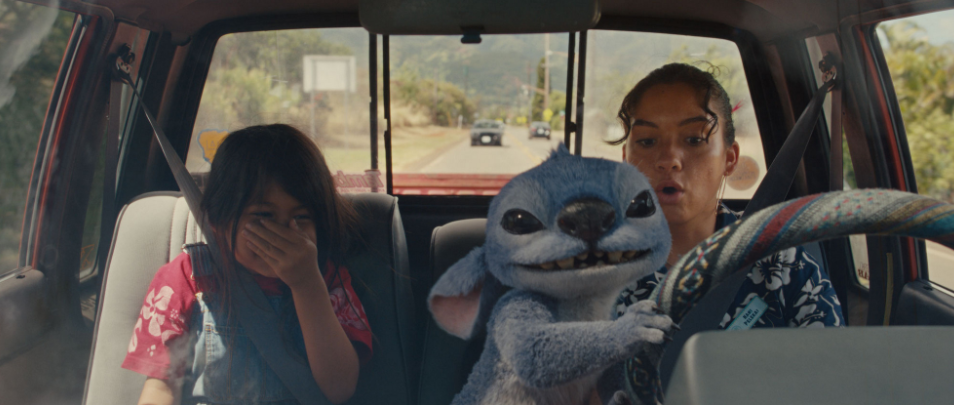
Lilo and Nani, with photo-realistic CGI Stitch. Photo/Disney